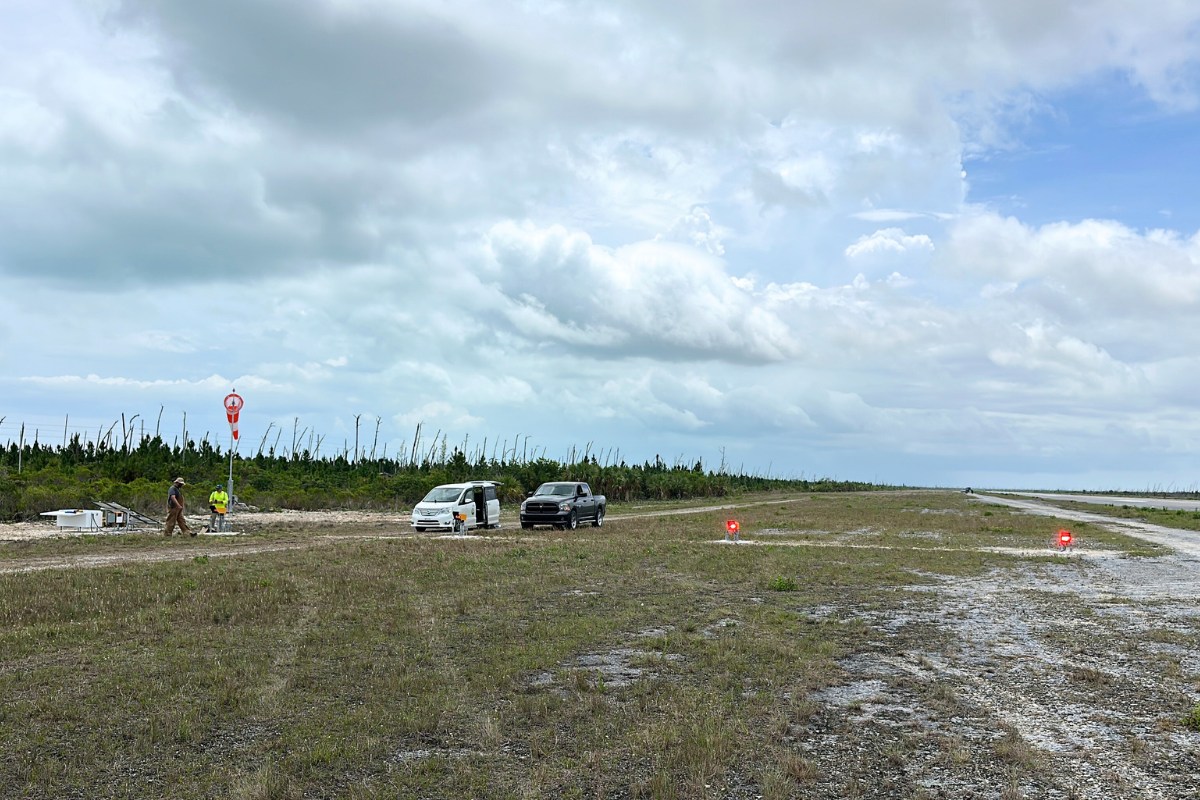
22 Aug Caribbean Solar Airport Lighting System Installed by Aviation Renewables
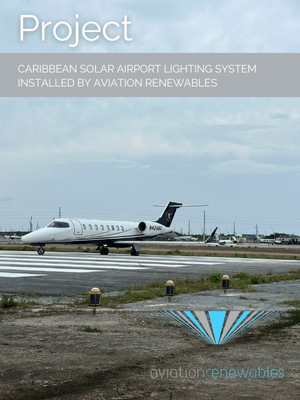
Download PDF
Application: Solar Airport Lighting & Fire Truck Structure
Products:
- Solar LED Runway Lighting
- Solar LED Approach Lighting
- Solar Series LED PAPI
- Solar Series LED Wind Cones
- iSeries Taxiway Markers
- Fire Structure
Location: The Caribbean
Date: 2025
Summary
Aviation Renewables and its team installed solar LED airport lighting with a fire truck structure at an international airport in the Caribbean, previously devastated by a Category 5 hurricane.
The airport, a vital lifeline for tourism and economic activity required a complete airfield lighting and Aircraft Recovery Fire Fighting (ARFF) restoration in order to support the island recovery by reconnecting the aviation community. Aviation Renewables was entrusted with delivering sustainable, resilient ICAO compliant solar airport lighting and ARFF infrastructure to restore the airport’s functionality.
The project encompassed the supply and installation of solar-powered airfield lighting system, including solar LED runway lighting, frangible solar LED approach lighting, solar powered Precision Approach Path Indicators (PAPIs), solar wind cones, and reflecetive taxiway markers. Additionally, Aviation Renewables supplied and erected an Aircraft Recovery Fire Fighting to protect emergency response vehicles from sun, rain and corrosion.
Completed on schedule and within budget, the project restored safe and reliable airport operations, leveraging renewable energy to reduce costs and enhance resilience against future environmental challenges. The successful execution of this project underscores Aviation Renewables’ expertise in delivering innovative, durable solutions for post-disaster aviation infrastructure reconstruction, contributing significantly to the Islands’ economic and social recovery.
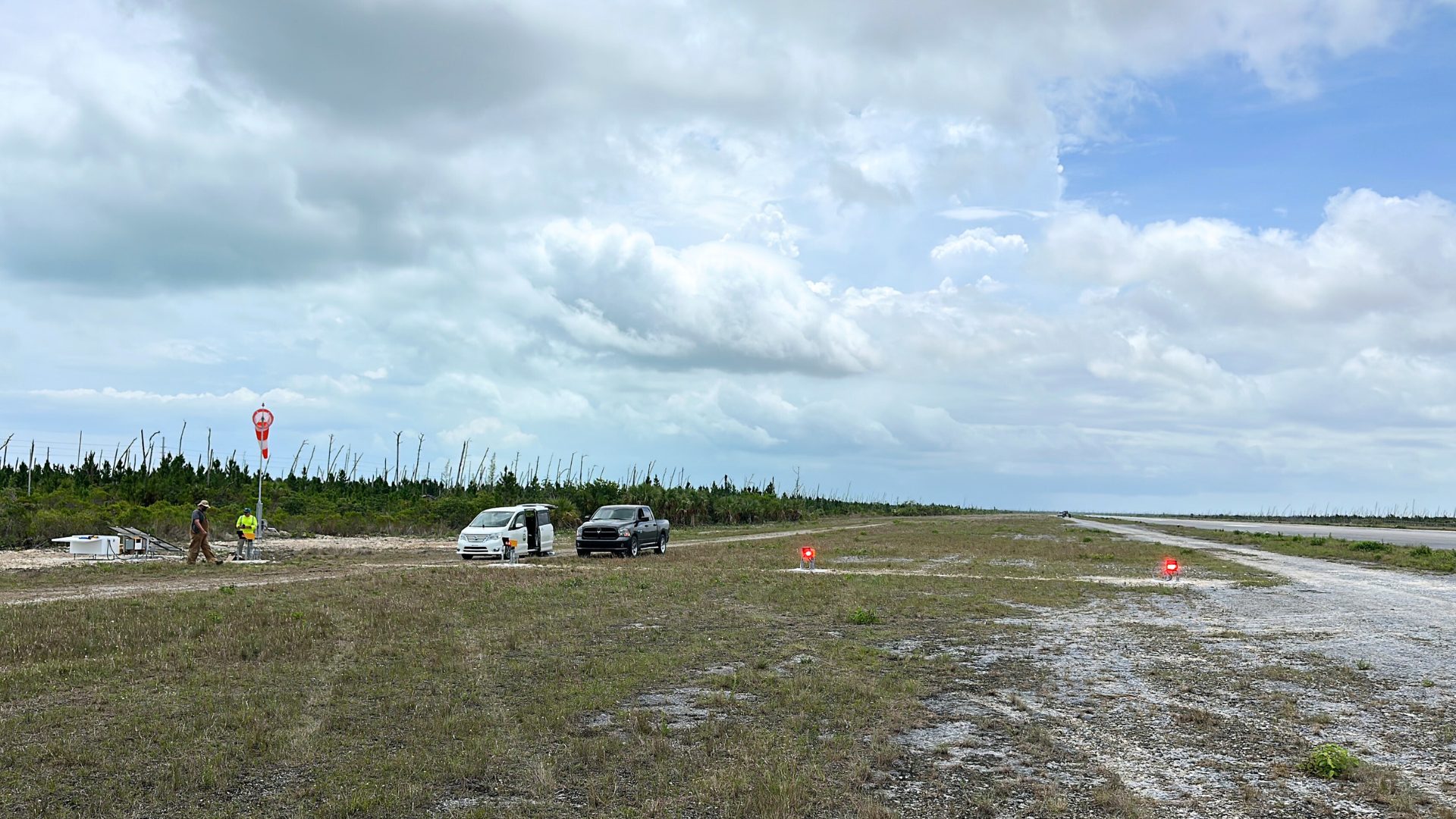
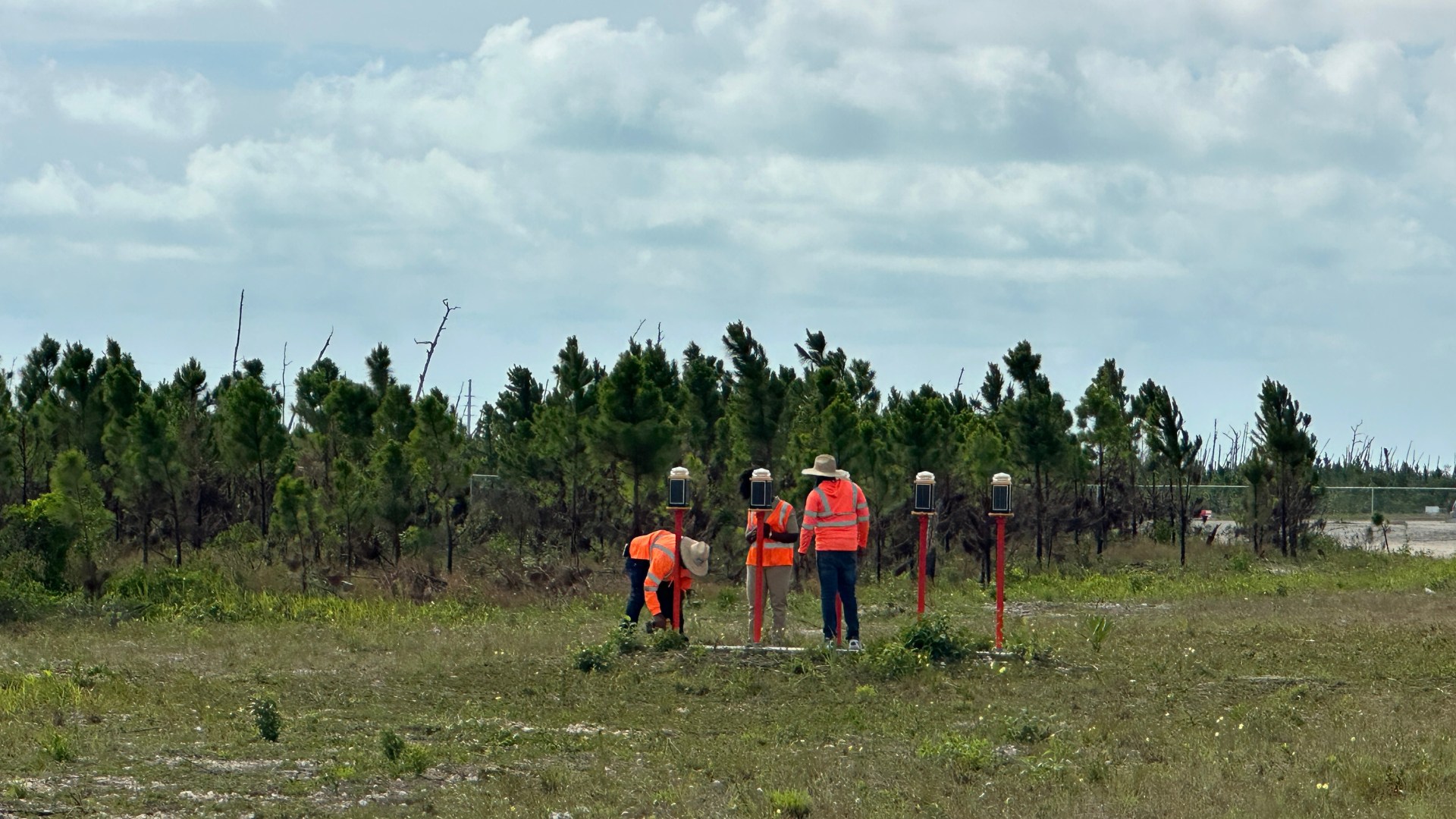
Challenge
The reconstruction of the airport presented multifaceted challenges, stemming from the extensive damage caused by the Category 5 hurricane and the site’s unique environmental and logistical constraints. The hurricane destroyed the airport’s lighting systems, navigational aids, airport terminal, ARFF structure and supporting infrastructure, leaving the airfield unusable.
The remote location complicated logistics, as equipment and materials had to be transported by sea, often facing delays due to unpredictable weather and damaged port facilities. The region’s hurricane-prone climate demanded solutions capable of withstanding extreme weather, including high winds, heavy rainfall, and salt corrosion from the coastal environment.
Additionally, the project required compliance with stringent international aviation standards (ICAO Annex 14) to ensure safety and operational reliability. The challenge in finding local skilled labor with the need for low-maintenance airfield lighting systems posed further hurdles due to the airport’s limited resources.
Balancing these demands while maintaining a tight timeline for restoration was critical to support the region’s urgent need for air connectivity, which is essential for tourism, medical evacuations, and supply transport.
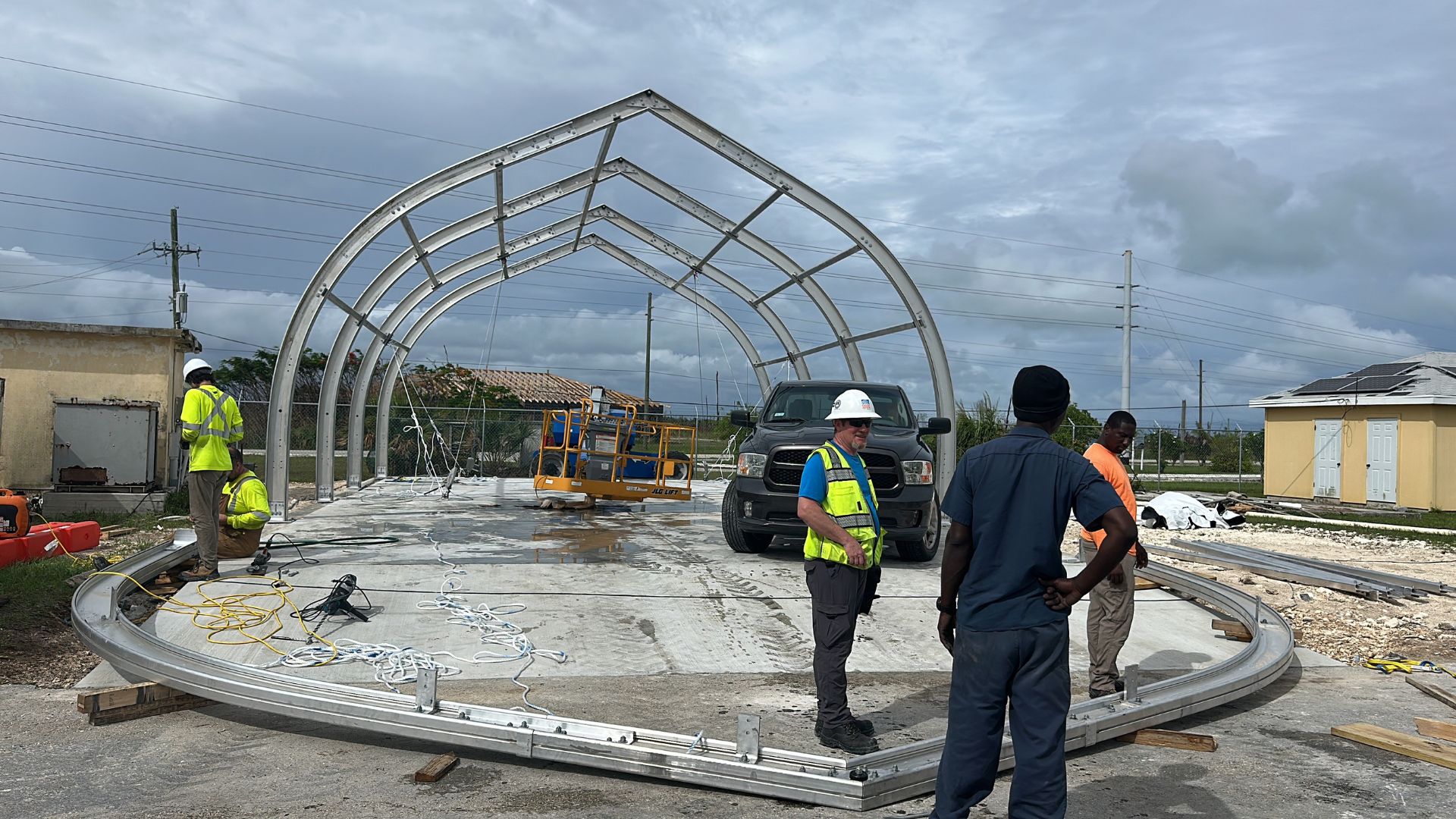
Solution
Aviation Renewables addressed these challenges through a comprehensive, tailored approach that prioritized sustainability, resilience, and operational efficiency. The project began with a thorough site assessment to evaluate post-hurricane damage and environmental conditions, ensuring all solutions were optimized for the site’s specific needs.
The following key deliverables were implemented:
- Solar LED Runway Lighting: High-efficiency solar LED runway lights were installed to enable safe nighttime operations. These ICAO-compliant lights feature low energy consumption, corrosion-resistant materials, and a modular design for easy maintenance, ensuring reliability in harsh coastal conditions.
- Solar LED Approach Lighting: Solar-powered LED approach lights, mounted on frangible masts, were deployed to guide aircraft during landing. The frangible masts enhance safety by breaking away upon impact, reducing risks to aircraft, while the solar power ensures consistent performance without reliance on grid electricity.
- Solar Precision Approach Path Indicators (PAPIs): Solar PAPIs were installed to provide pilots with precise visual glide slope guidance, improving landing accuracy and safety. These systems are designed for minimal maintenance and high durability, critical for a remote location.
- Solar Wind Cones and Taxiway Markers: Illuminated solar wind cones and taxiway markers were strategically placed to enhance pilot and ground crew situational awareness, facilitating safe navigation across the airfield, even in low-visibility conditions.
- Fire Truck Shelter: an Aircraft Response Fire Fighting truck shelter, was supplied and erected to protect emergency response vehicles from environmental exposure. The shelter’s rapid assembly within 3 days, coupled with its 25 year warranty and hurricane-resistant design ensure long-term protection for critical assets, maintaining the airport’s emergency preparedness.
All equipment was shipped and installed by Aviation Renewables’ certified technicians, strictly adhering to ICAO standards. The solar-powered systems were positioned to maximize sunlight exposure, guaranteeing consistent performance with minimal maintenance. To address logistical challenges, modular and lightweight components were selected for ease of transport and assembly.
The Aircraft Recovery Fire Fighting shelter was assembled on-site within 3 days, providing a cost-effective, rapid solution for vehicle protection. To overcome the lack of local expertise, Aviation Renewables provided training to the airport’s maintenance staff, empowering the community to manage and sustain the new systems. Rigorous testing and commissioning ensured all systems met operational and safety requirements before handover.
Outcomes
The restored airport now operates with enhanced safety, sustainability, and resilience. The solar-powered runway lighting systems eliminate reliance on fossil fuels, significantly reducing operational costs and environmental impact.
These systems are engineered to withstand hurricanes, water immersion and corrosion, ensuring long-term reliability in the region’s challenging climate. The fire truck shelter bolsters emergency response capabilities, critical for a hurricane-prone area.
The project has revitalized air connectivity, supporting tourism, medical evacuations, and supply chains, which are vital for the Islands’ economic recovery. By incorporating renewable energy and low-maintenance solutions, Aviation Renewables has set a benchmark for post-disaster airport reconstruction, demonstrating how sustainable infrastructure can drive resilience and prosperity in vulnerable regions.
Watch the full project report video and explore how cutting-edge solar airport lighting solutions are restoring airfields with sustainable power: https://youtu.be/ScBDli86nRI
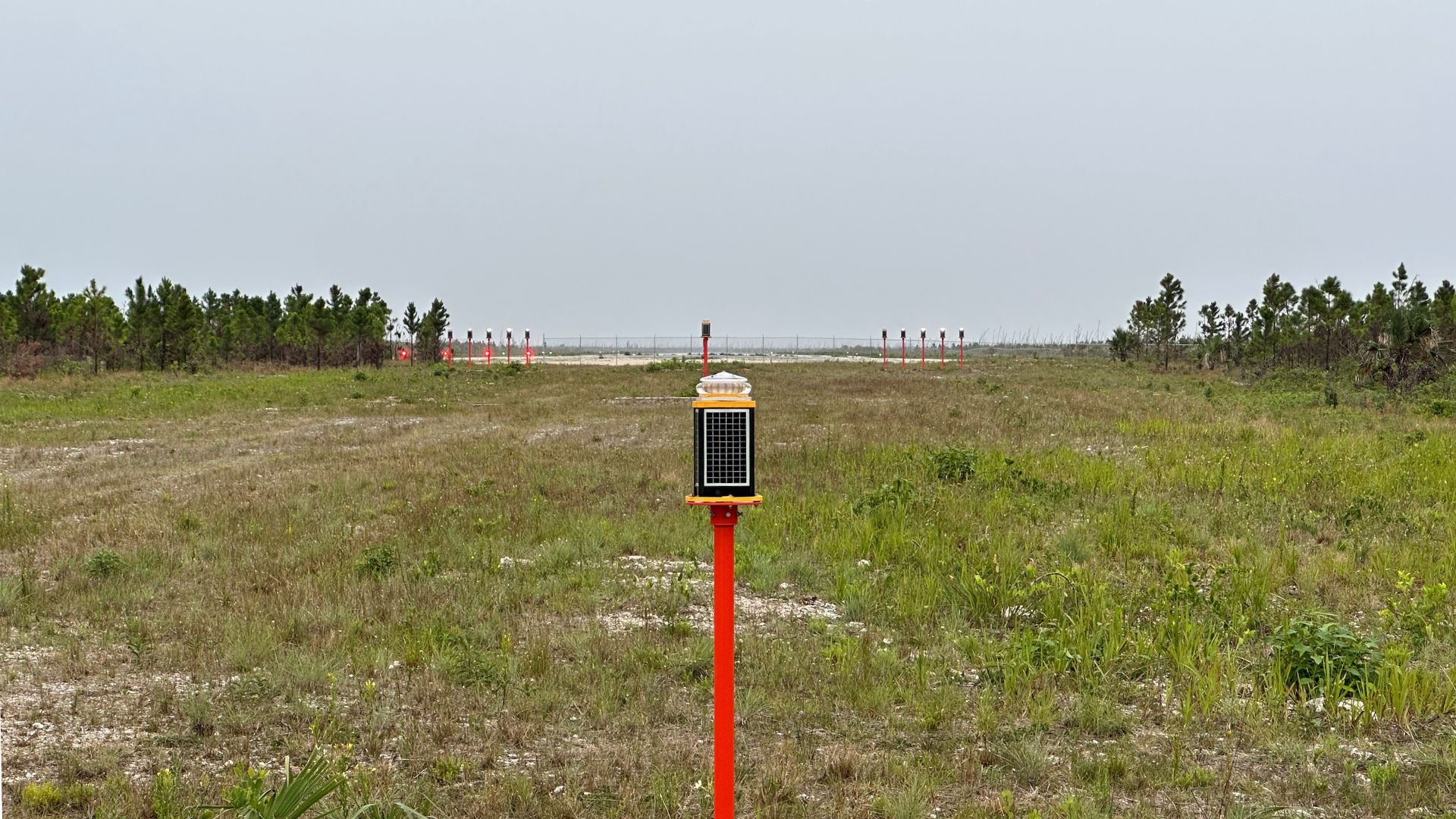
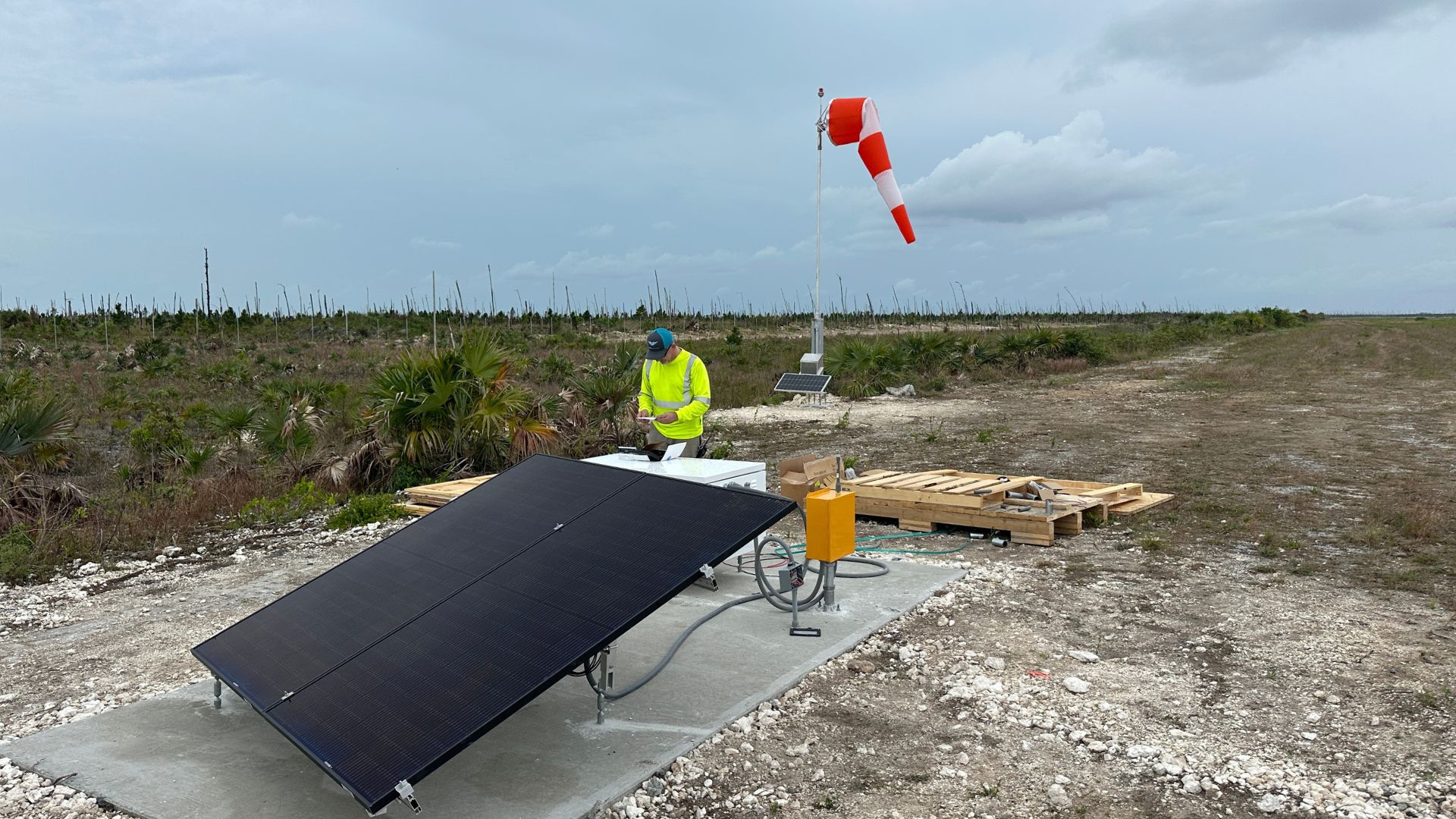
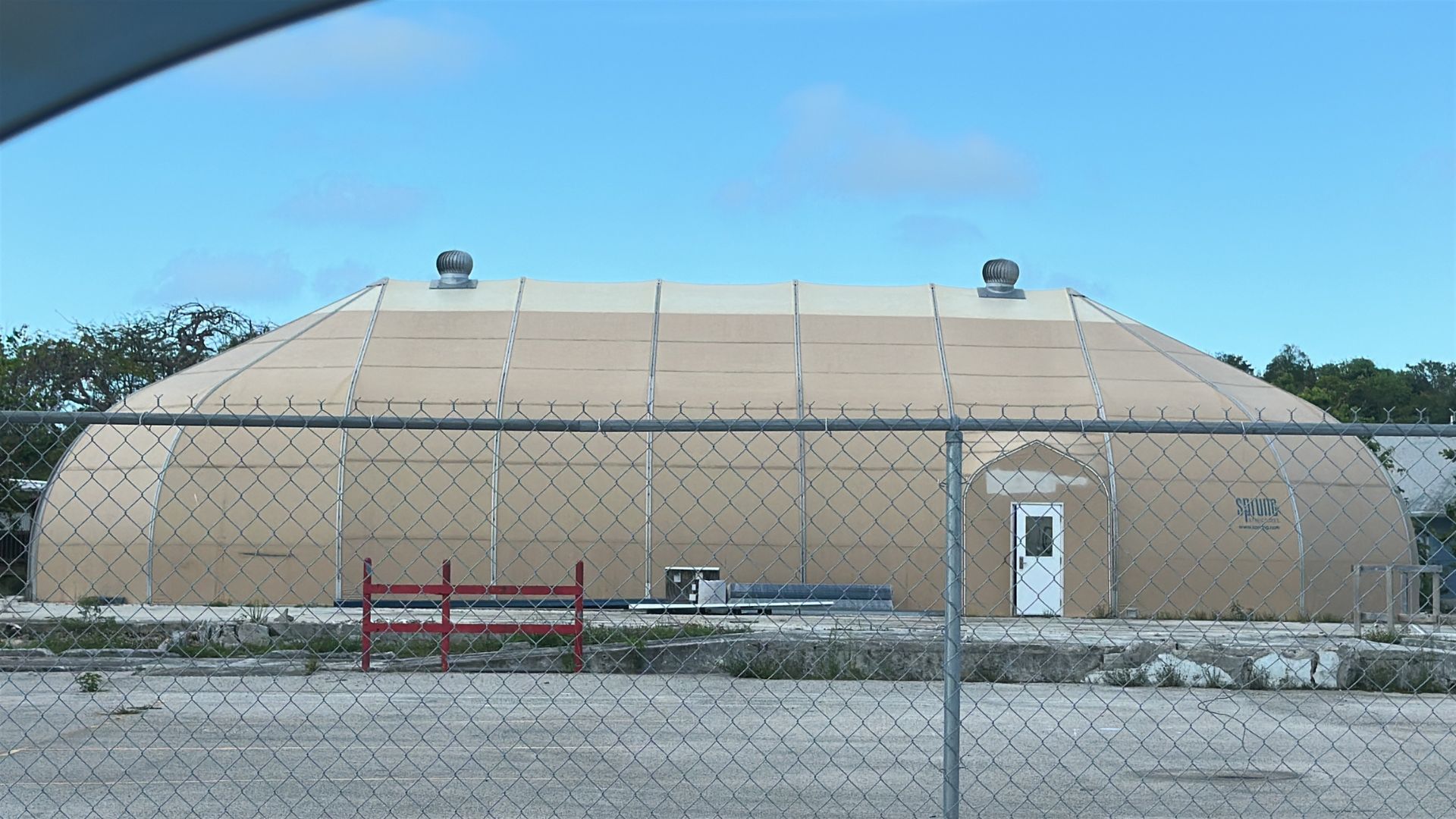




Sorry, the comment form is closed at this time.